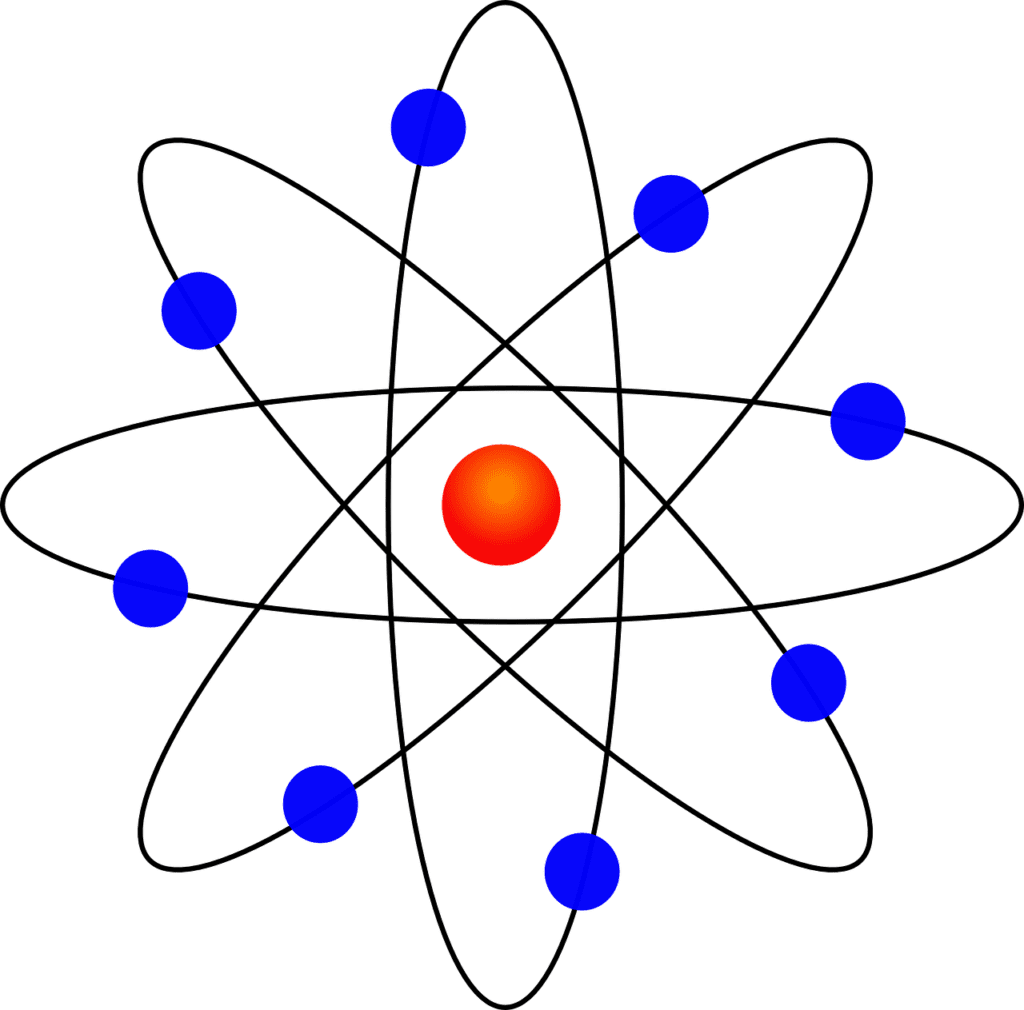
Atomic structure and periodic properties are foundational concepts in chemistry. They explain the arrangement of electrons in atoms and the systematic variation in elemental properties. This knowledge is essential for NEET aspirants.
Atomic Structure
1. Early Models of the Atom:
- Dalton’s Atomic Theory: Proposed that atoms are indivisible particles.
- Thomson’s Model: Described the atom as a “plum pudding” with electrons embedded in a positive sphere.
- Rutherford’s Model: Introduced the nuclear model with a central positive nucleus and electrons orbiting around it.
2. Bohr’s Model:
- Suggested that electrons move in fixed orbits with quantized energy levels.
- Explained the emission spectra of hydrogen.
3. Quantum Mechanical Model:
- Based on the principles of quantum mechanics.
- Describes electrons as wavefunctions with probabilistic distributions around the nucleus.
- Orbitals: Regions where the probability of finding an electron is high (s, p, d, f).
Electronic Configuration
1. Aufbau Principle:
- Electrons fill orbitals in order of increasing energy.
2. Pauli Exclusion Principle:
- No two electrons in an atom can have the same set of four quantum numbers.
3. Hund’s Rule:
- Electrons occupy degenerate orbitals singly before pairing up.
Example:
- Carbon (6 electrons): 1s² 2s² 2p²
Periodic Properties
1. Periodic Table:
- Elements are arranged in order of increasing atomic number.
- Groups: Vertical columns with similar chemical properties.
- Periods: Horizontal rows with a progression in properties.
2. Atomic Radius:
- Decreases across a period due to increasing nuclear charge.
- Increases down a group due to additional electron shells.
3. Ionization Energy:
- Energy required to remove an electron from an atom.
- Increases across a period and decreases down a group.
4. Electron Affinity:
- Energy change when an electron is added to an atom.
- Generally increases across a period and decreases down a group.
5. Electronegativity:
- Tendency of an atom to attract electrons in a chemical bond.
- Increases across a period and decreases down a group.
Conclusion
Understanding atomic structure and periodic properties is crucial for mastering chemistry concepts in NEET. These principles explain the behavior of elements and their compounds, providing a foundation for more advanced topics.
FAQs
What is the significance of Bohr’s model of the atom? Bohr’s model explained the stability of atoms and the emission spectra of hydrogen, laying the groundwork for modern atomic theory.
How does atomic radius change across the periodic table? Atomic radius decreases across a period and increases down a group.
What is electron affinity? Electron affinity is the energy change that occurs when an electron is added to a neutral atom.
